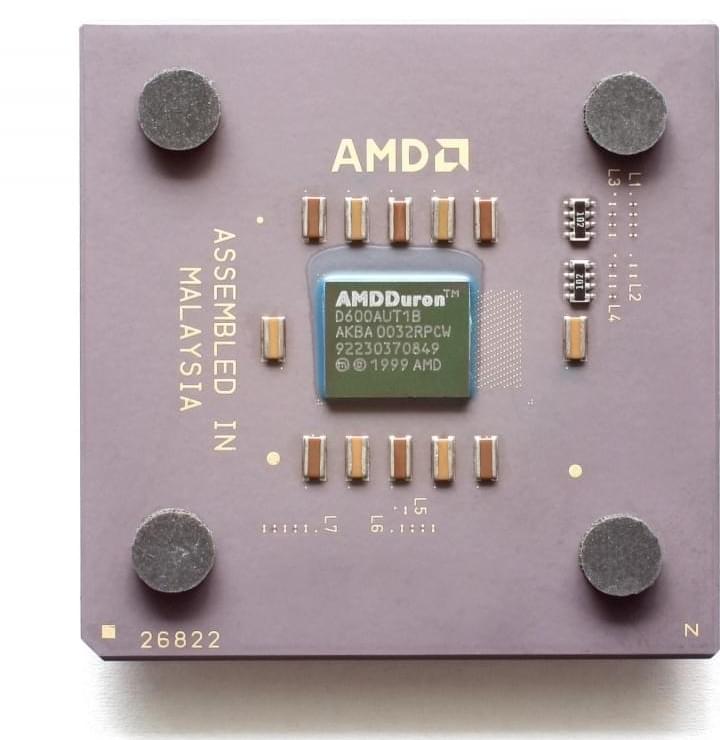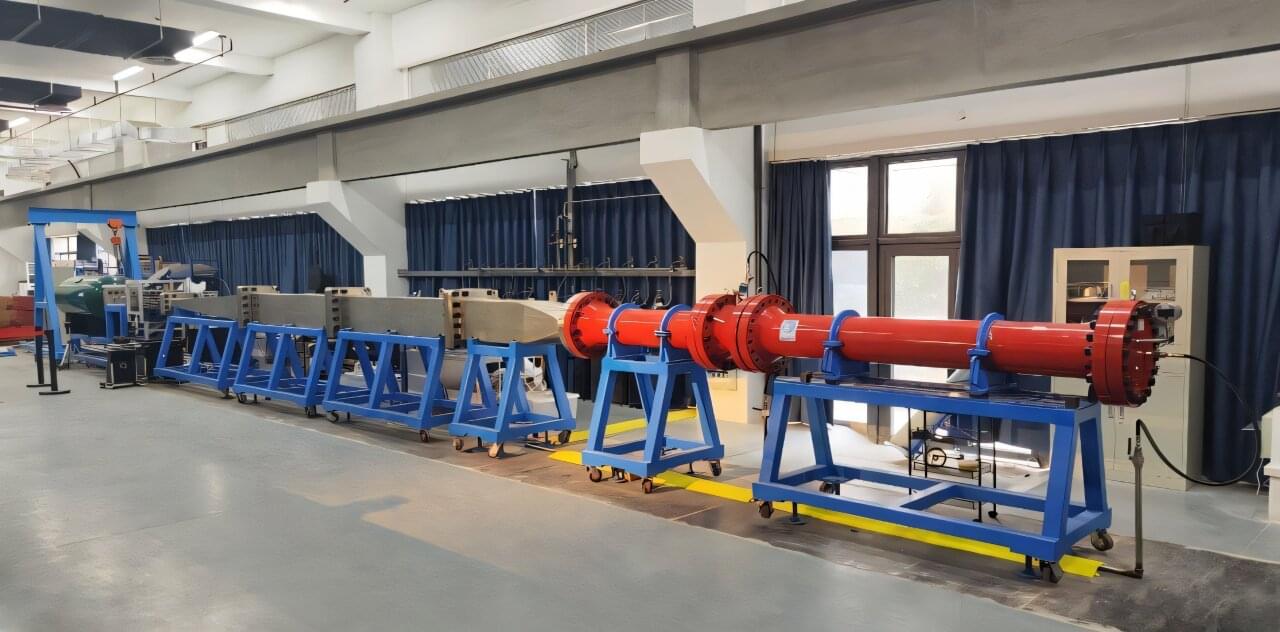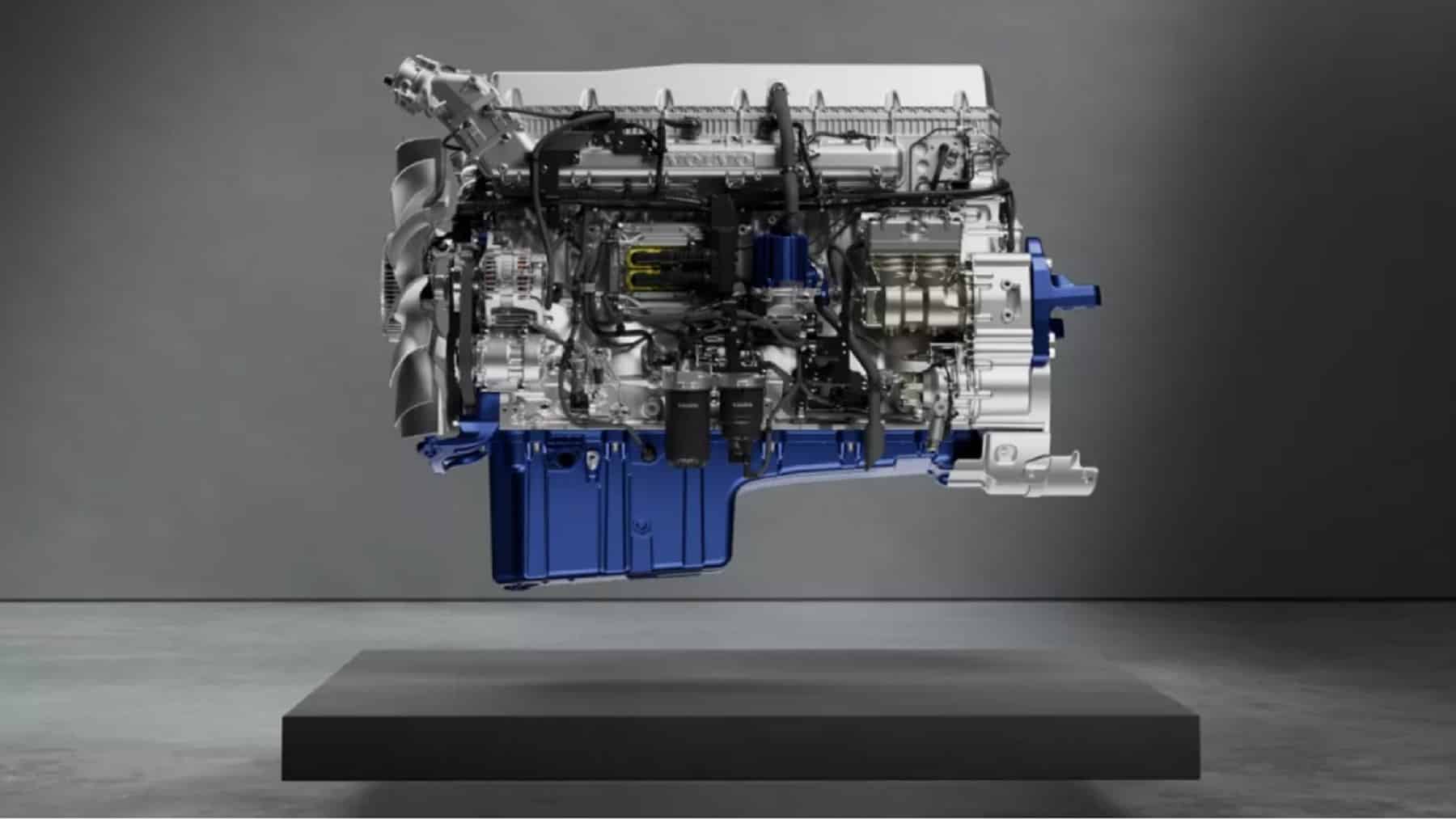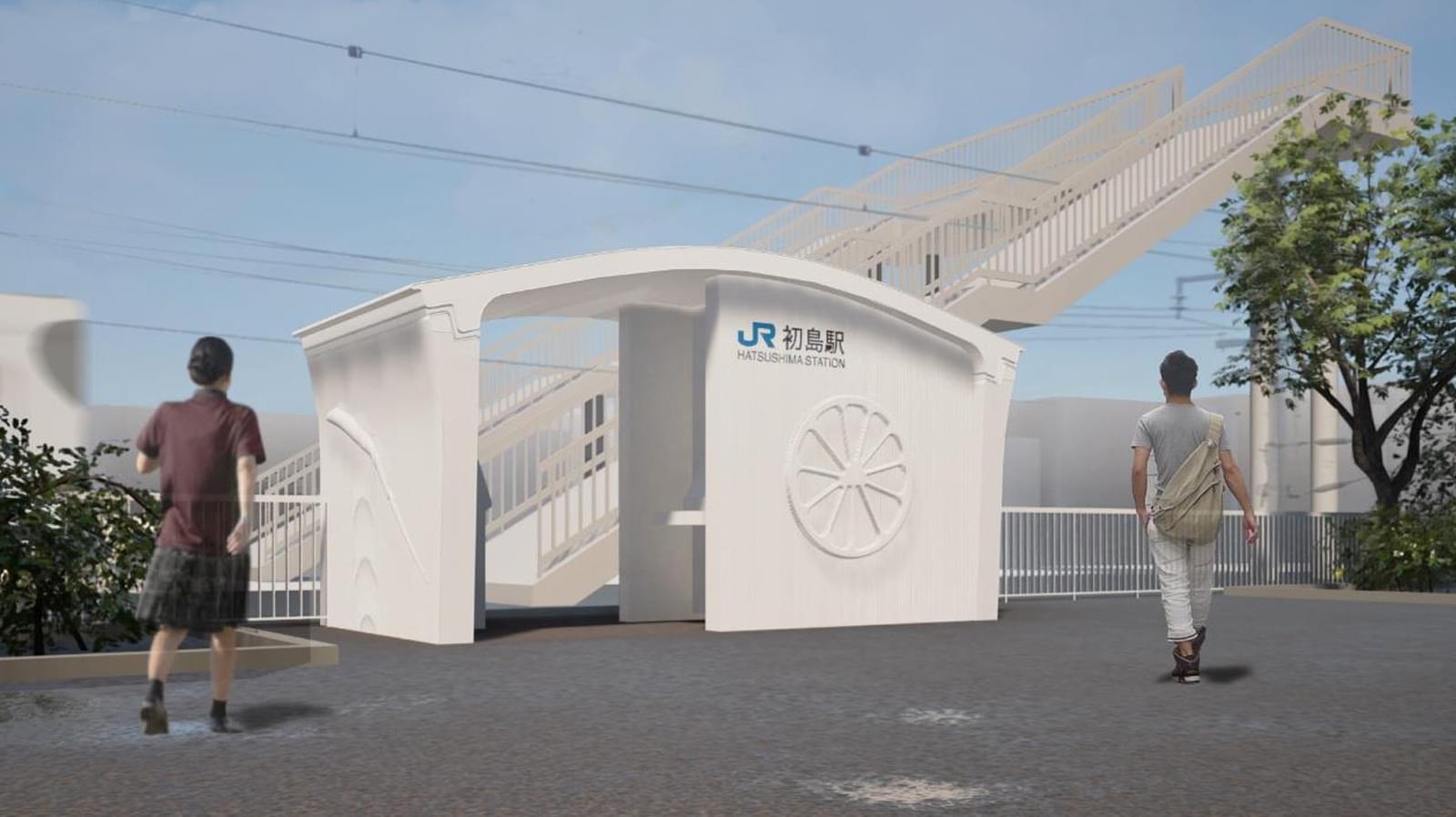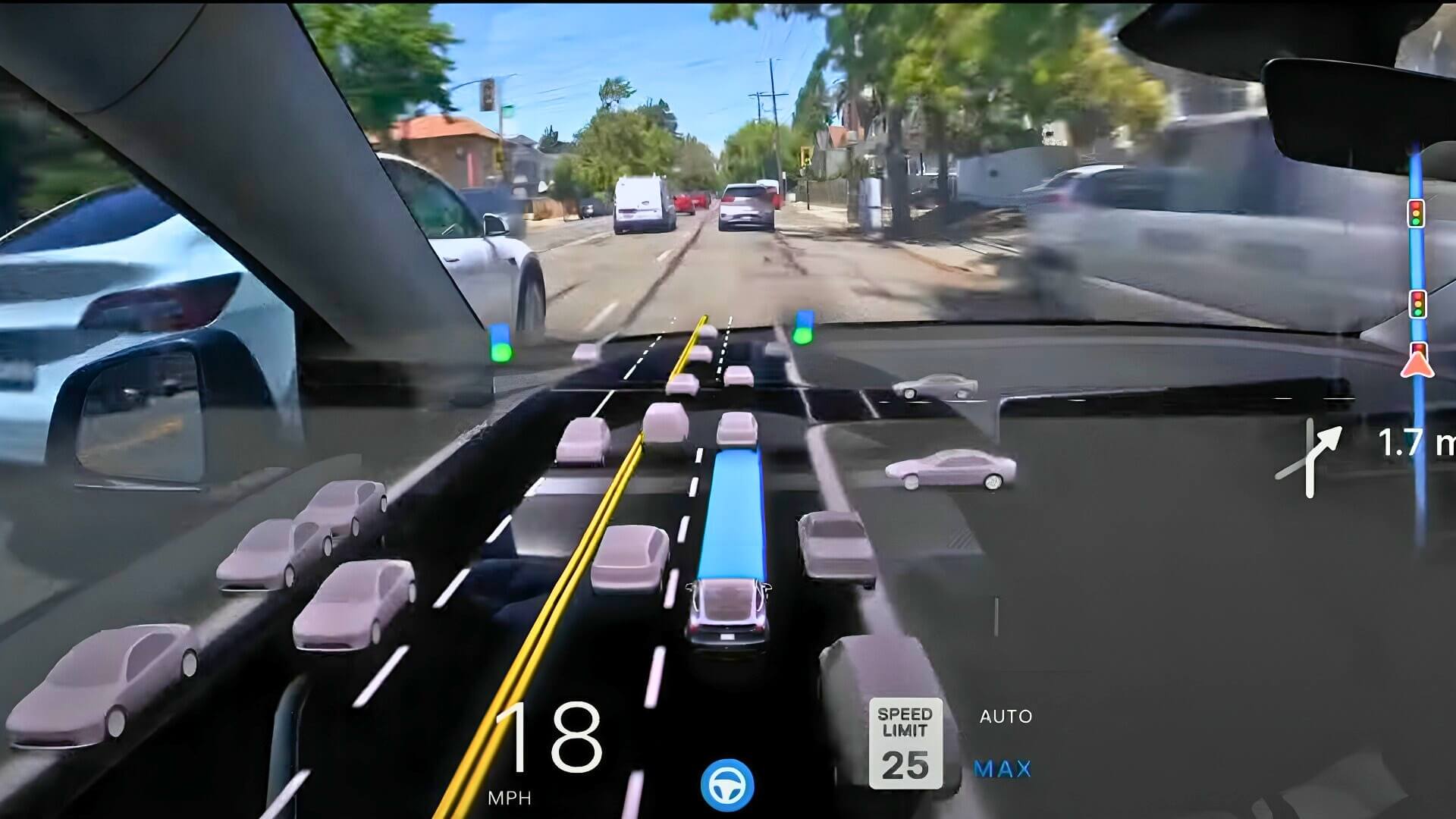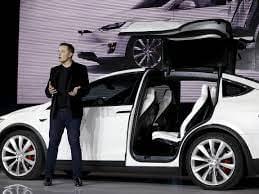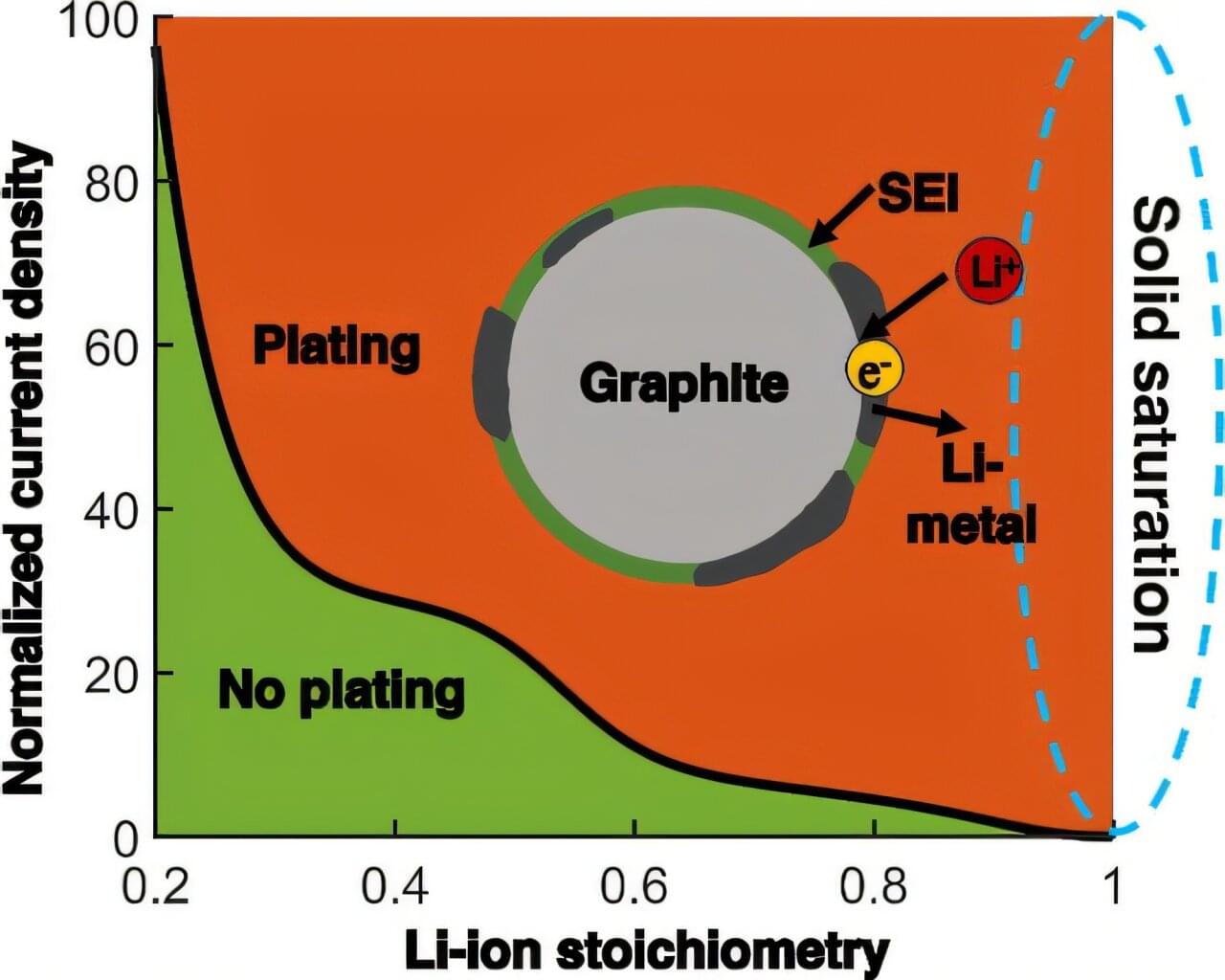Enthusiasts have been pushing the limits of silicon for as long as microprocessors have existed. Early overclocking endeavors involved soldering and replacing crystal clock oscillators, but that practice quickly evolved into adjusting system bus speeds using motherboard DIP switches and jumpers.
Internal clock multipliers were eventually introduced, but it didn’t take long for those to be locked down, as unscrupulous sellers began removing official frequency ratings and rebranding chips with their own faster markings. System buses and dividers became the primary tuning tools for most users, while ultra-enthusiasts went further – physically altering electrical specifications through hard modding.
Eventually, unlocked multipliers made a comeback, ushering in an era defined by BIOS-level overclocking and increasingly sophisticated software tuning tools. Over the past decade, however, traditional overclocking has become more constrained. Improved factory binning, aggressive turbo boost algorithms, and thermal ceilings mean that modern CPUs often operate near their peak potential right out of the box.
